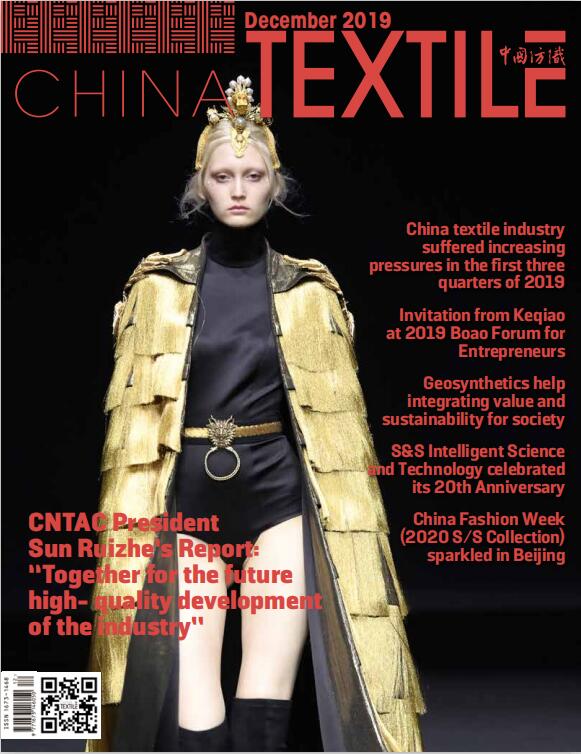Global textile sector's order backlog at record low in Mar 2023: ITMF
Apr 21, 2023 | by
On average across all regions, order backlog in the global textile industry fell to the lowest recorded level in March 2023—at 2.2 months. This indicator has been steadily decreasing from its peak at 3.1 months a year ago. Expectations about order backlog in six months’ time are steadily falling as well, as per the International Textile Manufacturers Federation (ITMF).


Order backlog has been declining since the second quarter of 2022 in line with a falling order intake. This translates for textile machinery producers, for example, into much fewer new textile machines ordered, and thus lower order backlog given machine types, according to the 19th ITMF Global Textile Industry Survey (GTIS) conducted in the second half of March 2023.
It can also be assumed that companies have already reduced or are reducing their existing capacities in some segments (i.e., spinners). This might explain also why capacity utilisation rate has increased since January 2023.
Order backlog is close to the world average in the three Asian regions and follows a slightly decreasing trend in each case. It is much higher in Europe (including Turkiye) due to the high concentration of textile machinery producers whose average order backlog is about three times higher than that reported by other segments. Order backlog was very high in North and Central America during the first half of 2022 alongside a very good business situation. Since then, it has fallen from around 4-5 months to around 3 months.
The indicator seems to have plateaued at that level in the last few surveys. Respondents from South America historically reported the lowest order backlog of around 1.8 months on average and the trend is further decreasing. Africa is the only region that recorded an improvement in order back log in March 2023.
As for the segments, the average order backlog for textile machinery producers has been falling sharply since the middle of 2022, albeit from a very high level. But even now order backlog remains relatively high. This downward trend can be observed in all segments with the exception of fibre and garment producers. The latter saw a small increase in order backlog. Spinners reported a decrease in order backlog to 1.7 months in March 2023, at a level comparable to 2021 and thus visibly higher than it was during the very difficult year 2022 (i.e., minimum order backlog reported in 2022 was 0.7 months in November).








